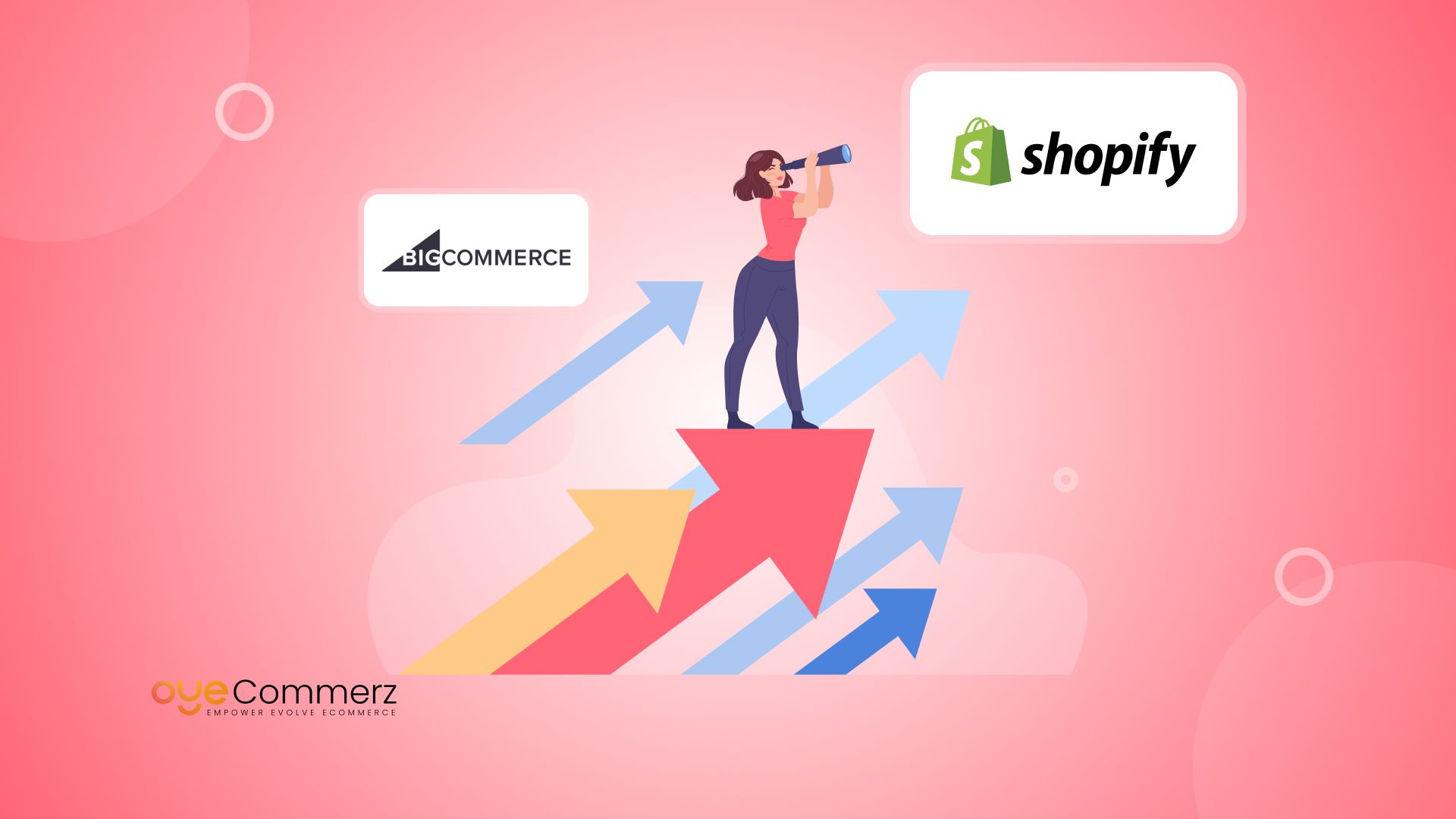Transitioning from WP to Shopify marks an exciting step toward streamlining your online store processes. As businesses grow, selecting a solution that aligns with growth potential, user experience, and flexibility becomes crucial. Shopify is widely recognized as a favorite for e-commerce professionals, offering superior flexibility, data protection, and ease of use. In this guide, we’ll explore why this migration is a game-changer, highlight the benefits, and provide actionable steps to facilitate a seamless move.
1. Why Migrate from WP to Shopify?
WordPress, paired with WooCommerce, continues to support countless e-commerce platforms. Nevertheless, as businesses scale, issues like plugin dependency, data risks, and technical complexities often obstruct growth. Shopify, designed explicitly for e-commerce, addresses these issues with an comprehensive, user-friendly solution. Real data back this shift—Shopify powers over 4.4 million stores globally, with a documented 10% increase in sales conversion rates for numerous merchants post-switch.
2. Shopify's Perks for Thriving Online Stores
Shopify’s powerful platform is tailored for scaling brands. Its notable benefits include:
- Seamless Customization: Shopify provides over 80 professionally designed themes.
- Integrated Tools: Features like Shopify Payments and integrated SEO save time and effort.
- International Expansion: Multi-currency support and localization features empower brands to reach global markets.
Additionally, Shopify delivers an uptime rate of 99.98%, ensuring your store is always operational.
3. Preparing for WordPress to Shopify Migration
Before migrating, evaluate your current store. Review inventory details, customer details, and search engine rankings. Resources such as Shopify’s Migration Kit or third-party solutions help ease the transition. Develop a detailed strategy, making sure all assets—product descriptions, media files, and blog content—are optimized for transfer.
4. Data Migration: A Critical Step
Data migration is a cornerstone of a smooth platform switch. When moving from WordPress to Shopify, focus on:
- Product Information: SKU, item summaries, and categories.
- Client Information: Emails, order history, and custom fields.
- SEO Optimization: Preserve meta tags, URLs, and forwarding paths to maintain search rankings.
Leverage tools such as LitExtension to streamline data transfer while reducing mistakes.
5. Customizing Your Shopify Store
After the move, customizing your Shopify store helps it aligns with your business identity. Utilize Shopify’s intuitive page builder to design pages effortlessly. Shopify's templates are optimized for all devices, ensuring a seamless user experience across platforms—a critical factor, since 74% of e-commerce traffic comes from mobile visitors.
6. Maintaining SEO During Migration
Search engine optimization is crucial for preserving your online presence during migration. Shopify excels in SEO with clean URL structures, built-in optimization tools, and seamless blog integration. Ensure:
- Set up URL forwarding for existing links.
- Enhance updated content with targeted phrases.
- WordPress online store to Shopify Use Shopify's apps Plug in SEO to monitor performance post-migration.
7. Essential Tests After Migrating to Shopify
After finishing the transfer, run detailed checks.
Check: - Website speed (Shopify boasts faster speeds in contrast with WP).
- Functionality of payment gateways and checkout processes.
- Adaptability across devices.
Testing guarantees your store provides a seamless shopping journey from day one.
8. Case Study of a Successful Migration
One such migration success story is Gymshark, a sportswear company that transitioned to Shopify. After the switch, the company saw a 60% increase in mobile sales and significantly lowered site downtime. This highlights the potential of Shopify in enhancing e-commerce growth.
9. Overcoming Common Migration Issues
Migration is not without obstacles, such as data integrity and reconfiguring custom functionalities. However, Shopify’s robust support and external professionals make overcoming these hurdles manageable. Partnering with experienced Shopify developers helps guarantee a smooth transition.
10. Starting Your Journey with Shopify
Migrating from WP to Shopify represents a forward-thinking decision to online retail. By focusing on growth, simplifying management, and enhancing Migrating eCommerce platforms the customer experience, Shopify enables companies to thrive in competitive markets.
Conclusion
Switching from WP to Shopify is a strategic move that can greatly enhance your online business performance. With a robust migration plan, the appropriate resources, and expert support, you can achieve new success milestones.
Excited to start the journey? Let’s discuss how our Shopify migration services can revolutionize your e-commerce platform. Contact us now, or consider: Can your business afford to miss out on Shopify’s growth potential?
